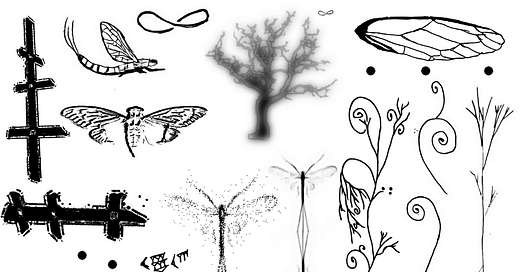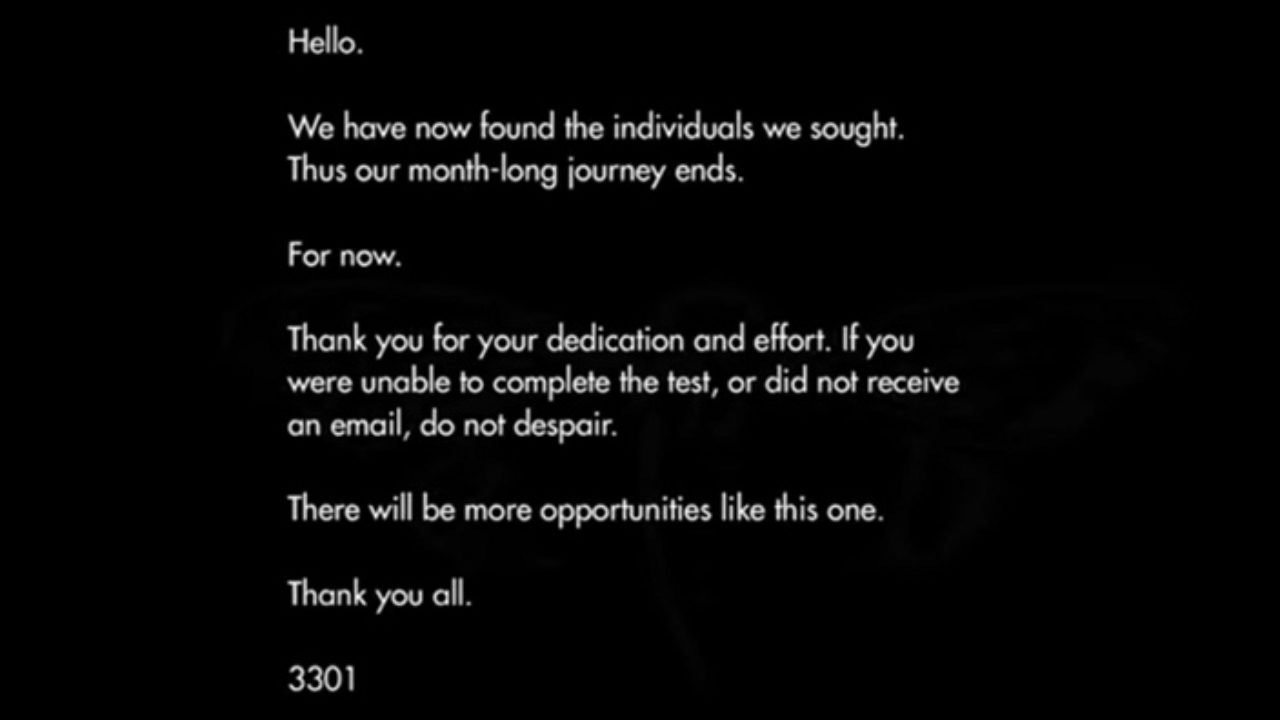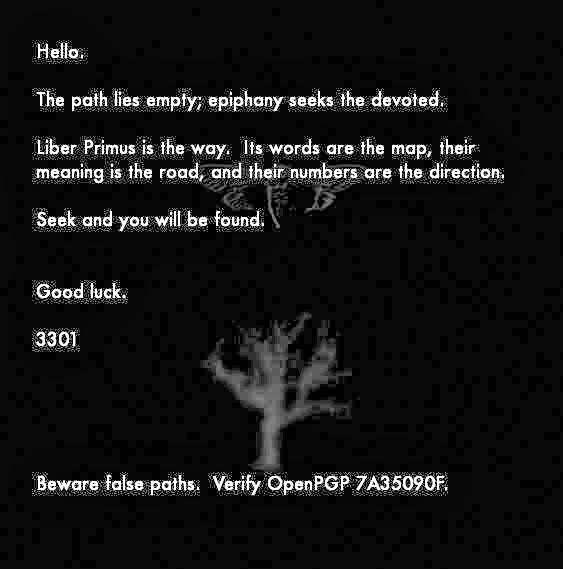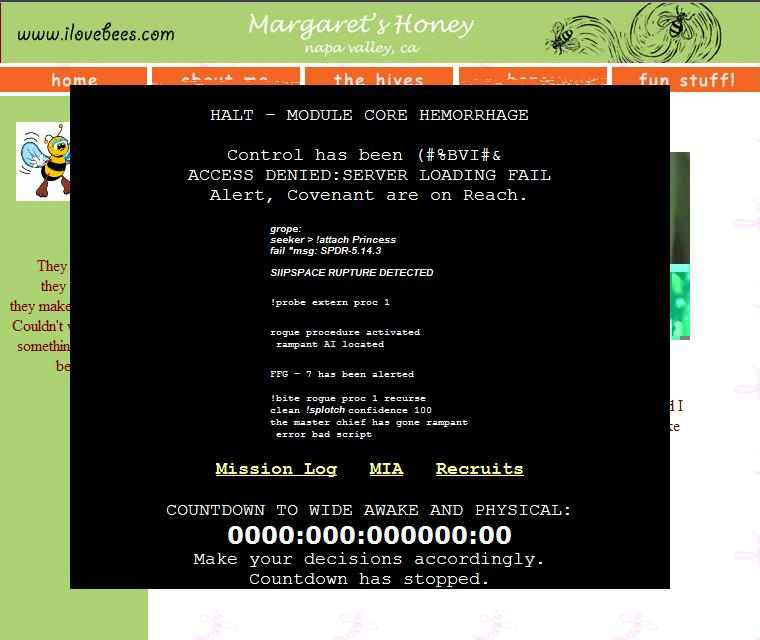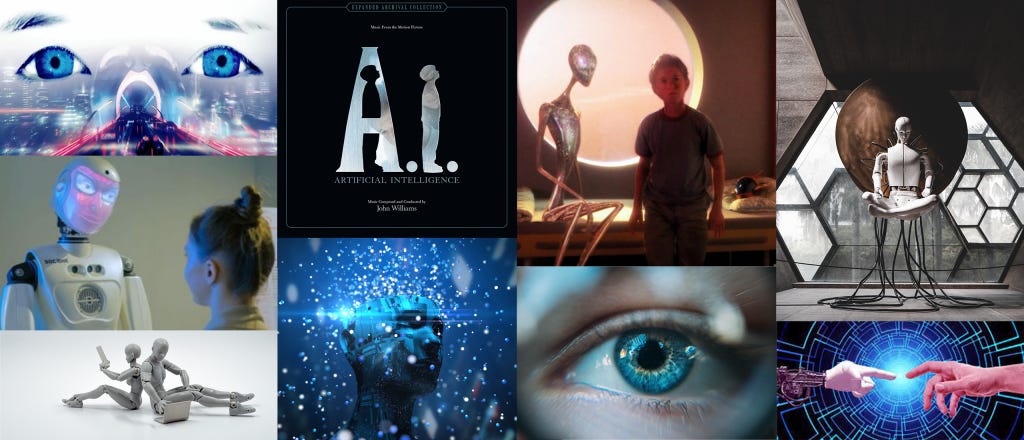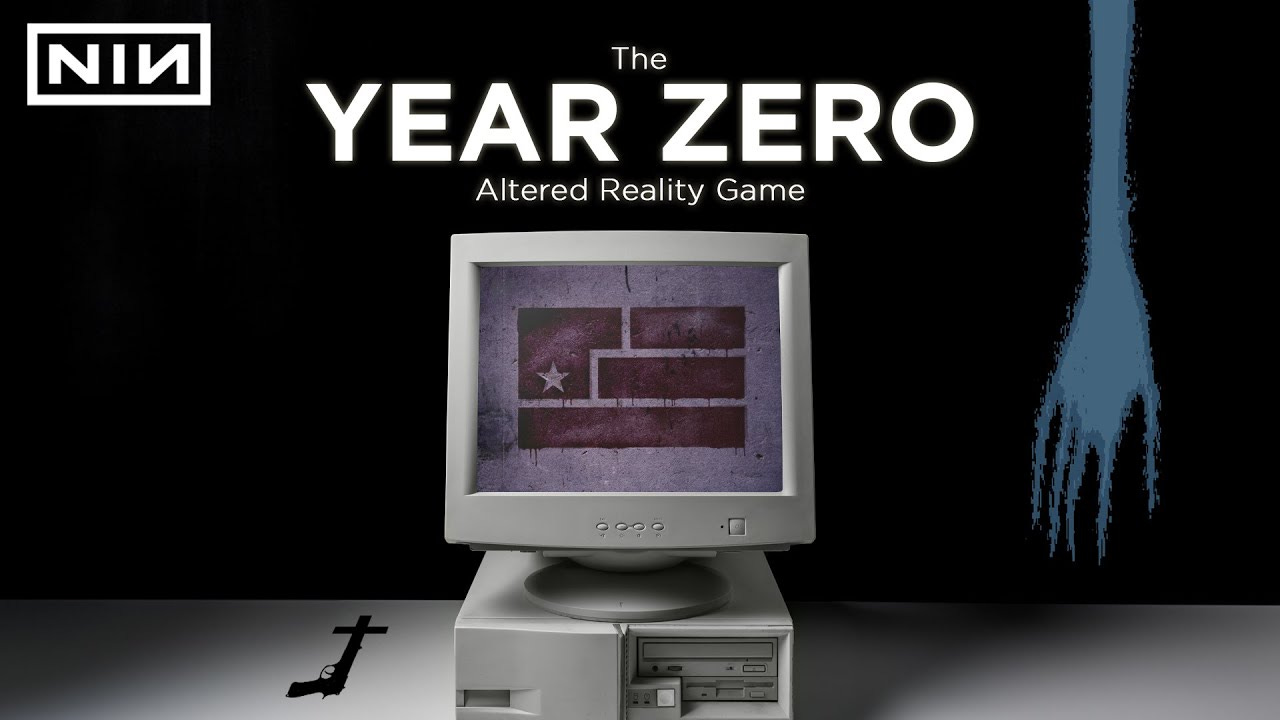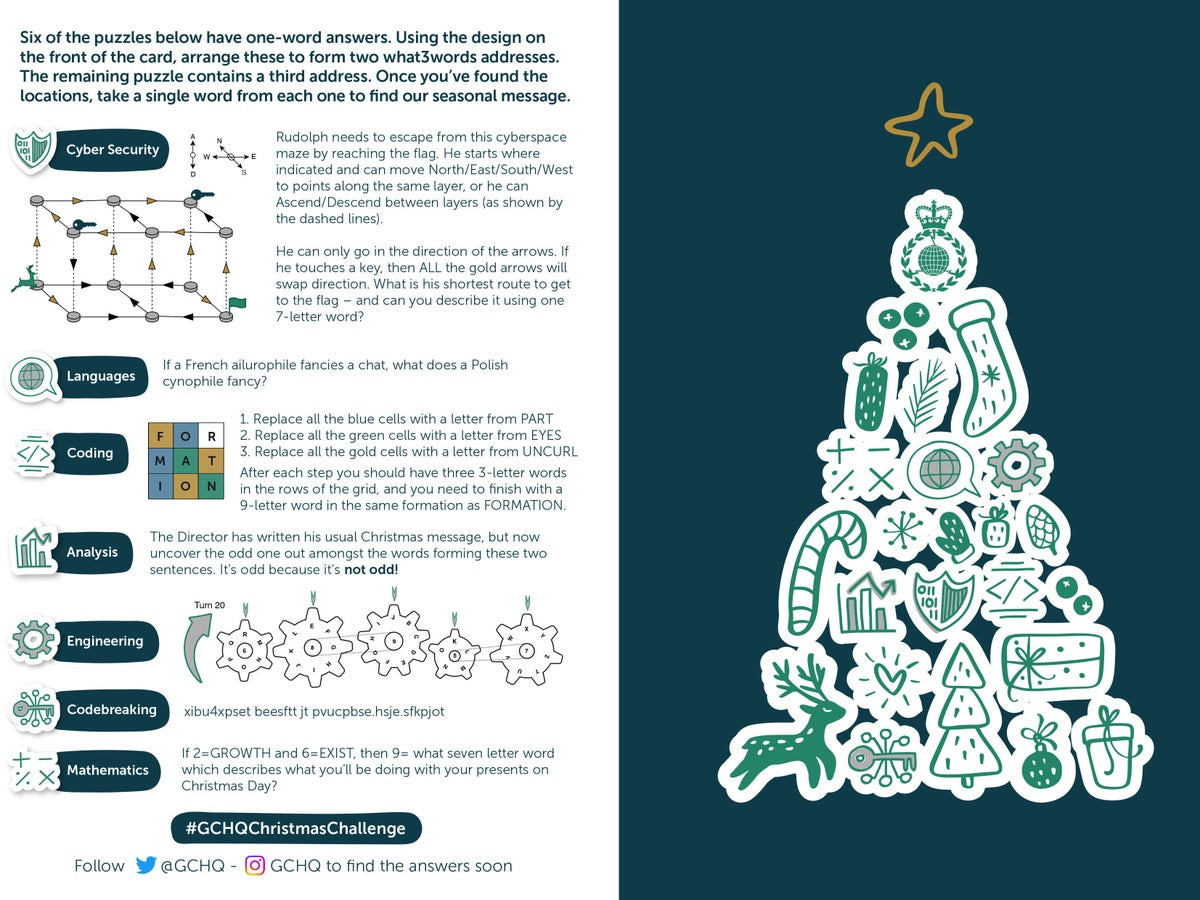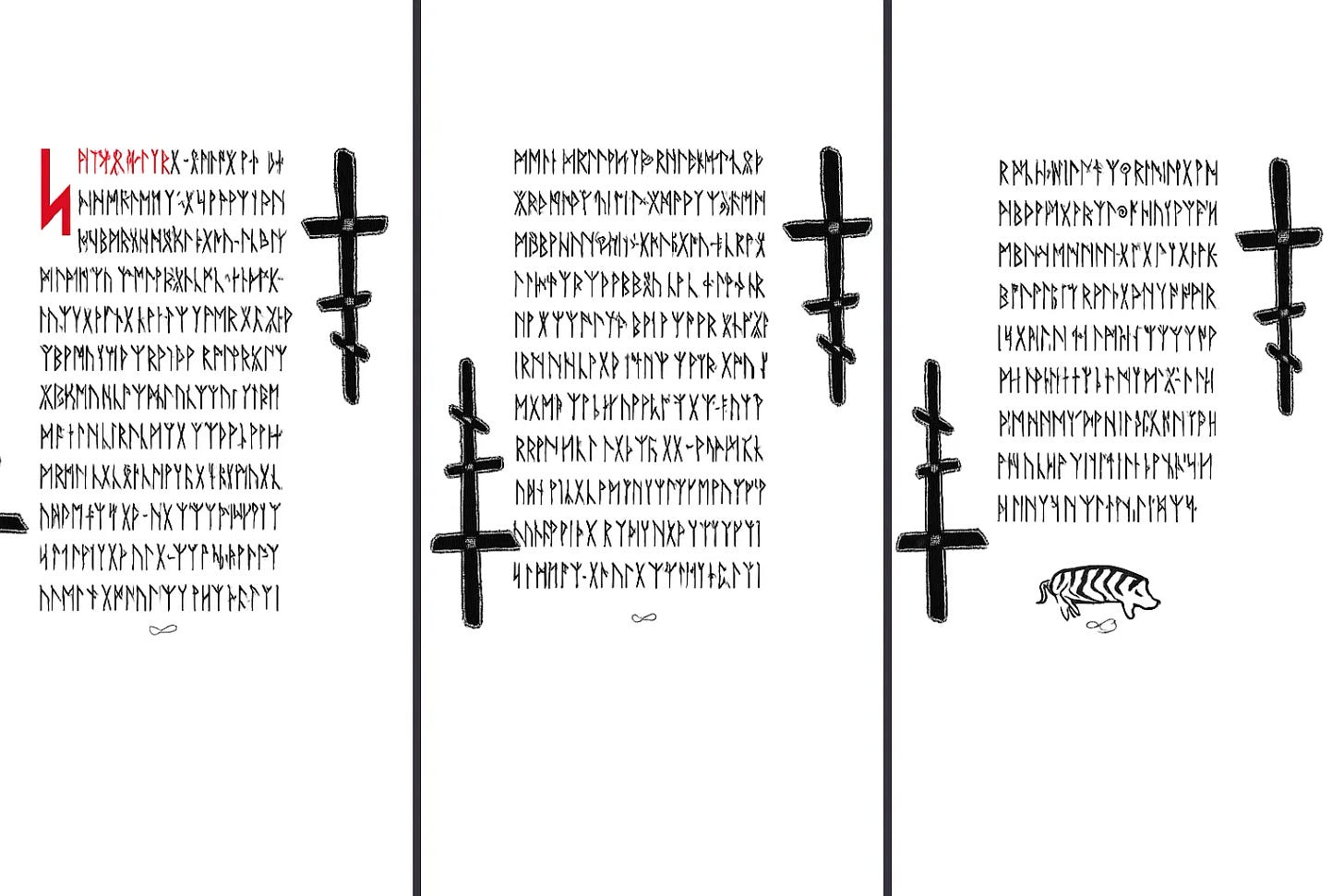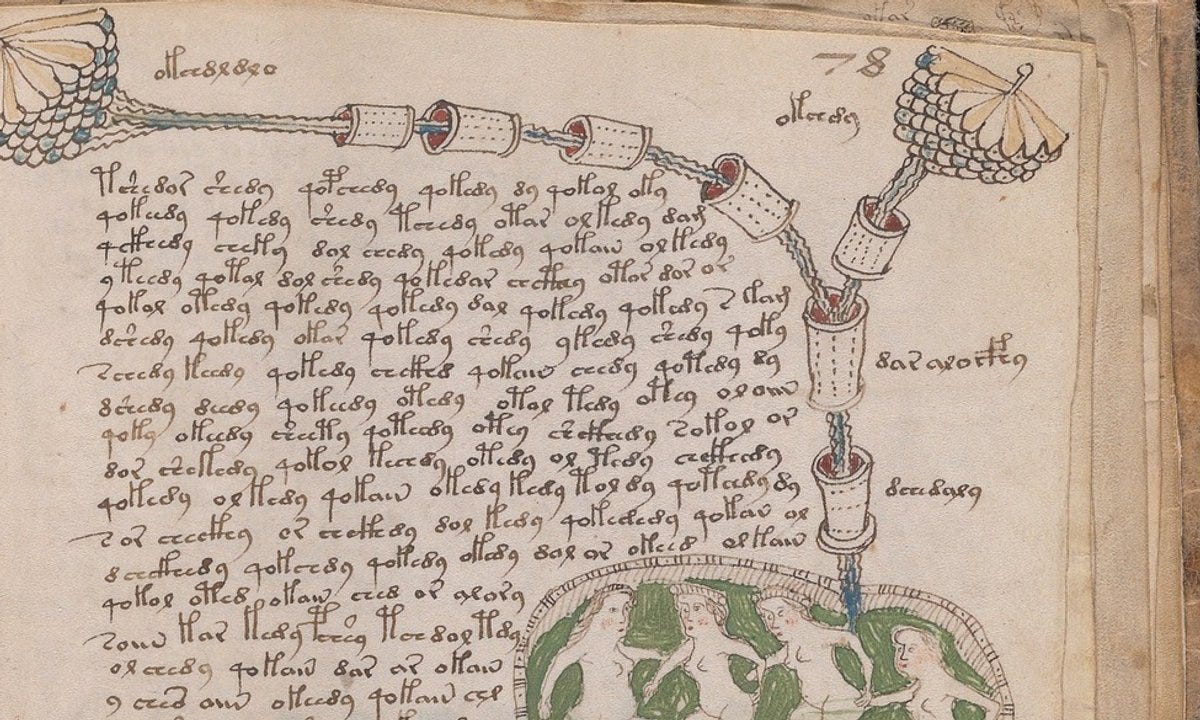Part 3: The Internet’s Most Beautiful Trap: A Deep Dive into Cicada 3301
A Puzzle That Refused to Be Solved, From 4chan to the Dark Web and Back Again
This is the third part of an ongoing series on Cicada 3301.
It continues from the earlier scrolls exploring the puzzle’s design and deeper intentions.
Links to Parts I and II can be found at the end.
🛰️ The Last Known Transmission
Cicada began with an image. It ended with a whisper. There was no finale, no puzzlebox fanfare, no triumphant broadcast. Just a final message — terse, cryptographically verified, and impossibly quiet.
In the spring of 2014, a short PGP-signed note began appearing across pastebins and forums. Its signature matched every authenticated Cicada drop before it: Key ID 7A35090F. The language was sparse, but its implication was enormous.
“We have now found the individuals we sought. Thus, our month-long journey ends. Thank you for your dedication and effort. If you were unable to complete the test, do not despair. There will be more opportunities, like this one. Thank you all.”
There was no clue what those opportunities would be. No reference to Liber Primus. No closure. But the signature was real. And the silence that followed would be louder than anything they had published before.
Post-Script: Echoes After Silence
Even after Cicada’s 2014 farewell, the signals didn’t stop. Between 2014 and 2016, a handful of quiet, verified messages kept the trail warm — each one signed, each one unmistakably in tone.
The first came just weeks later. A mysterious client accessed Cicada’s old servers and dropped a new file pointing to a hidden site. Inside: fifty-eight new pages of runes — an unexplained addition to Liber Primus. The message read:
“Your enlightenment awaits you. We look forward to hearing from you.” – 3301
But even the message structure seemed coded. Prime numbers shaped the formatting — except one was missing. Whether a clue or a glitch, it felt intentional.
In 2015, Cicada resurfaced to deny ties to a hacking group. Their verified Twitter linked to a signed message disavowing the use of their name or symbols. The structure matched past drops — even the line spacing followed familiar patterns.
Then, in 2016, a final sign: an image of a bare oak tree. Runes etched behind it. A message beneath:
“The path lies empty. Liber Primus is the way... Beware false paths. Verify the signature.
”
No new puzzles. No invitations. Just one clear direction:
Stop chasing forward. Start looking deeper.
🧭 What It Meant
From 2014 to 2016, Cicada left four clear artifacts behind:
A new onion address filled with unsolved runes
A cryptic message formed with prime-spaced encoding (and a conspicuously missing 19)
A signed public denial with legal tone but hidden symmetry
A final visual message pointing inward — not ahead
All of it was real. All of it verified by the same cryptographic key — untouched since the beginning. No part of it was broken. No part commercialized. And none of it explained.
If this was an ending, it was ceremonial.
If it was a continuation, it was private.
✅ Proof, Not Performance
Why Cicada stands apart — and still endures.
Most internet mysteries burn hot and fast. They explode with promise, collapse under scrutiny, and die as memes or marketing stunts. Cicada didn’t.
It never asked for belief. It didn’t beg for attention. It offered proof — cryptographic, repeatable, precise. Every clue, every signature, every whisper tied back to one unchanging PGP key: 7A35090F.
That key was never rotated. Never compromised. Never reused by imitators. When Cicada was finished, it simply stopped signing.
That silence wasn’t a gap. It was a design choice. A punctuation mark. A final message without words.
And in doing so, Cicada achieved something no brand, no game, no known agency ever has:
🎭 Not Just an ARG
Compare this to well-known Alternate Reality Games:
I Love Bees (2004): A marketing campaign for Halo 2 that used radio plays and GPS-triggered payphones to build buzz — ambitious, but ultimately commercial.
The Beast (2001): Built to promote A.I. Artificial Intelligence, it pioneered modern ARG conventions — but its ending was theatrical, not transformational.
Year Zero (2007): A Nine Inch Nails project with cryptic websites and dystopian themes — creative, yes, but made for entertainment.
These were stories you could win. Cicada was something else. There were no creators credited. No plot revealed. No product launched. Just a quiet system testing what it means to listen — and who would.
🕵️ Not Traditional Recruitment
Government and military agencies run puzzles too — but they show their hand.
GCHQ’s holiday challenges and NSA’s crypto quizzes have clear goals: identify technical talent, invite them in.
Israeli cyber units use national puzzles as formal recruitment pipelines.
Cicada did none of that. It never posted job offers. Never contacted winners publicly. If it was recruiting, it was doing so for something quieter — maybe even spiritual.
🧪 Not a Social Study
Some thought it was a test. A psychology project. But unlike Stanford's experiments or Derren Brown’s televised mind games, Cicada manipulated no one.
It never baited anyone. It didn’t monitor subjects. It didn’t publicize data.
If it studied anything, it studied who would show up — alone, patiently, without reward — and still press forward.
📌 Why That Still Matters
Cicada might have borrowed from all of these — ARGs, intelligence games, philosophical texts — but it belongs to none of them. It succeeded because it resisted performance. Because it refused explanation. Because it didn’t end in a whimper — it ended in code.
That’s why it still haunts.
Because it proved itself once. And then vanished.
👁️🗨️ Theories and Why We Still Care
So what was Cicada?
A recruitment tool? Maybe. But intelligence agencies don’t usually keep secrets this well — not even the secret that they were behind something.
A spiritual initiation? Possibly. Liber Primus reads more like a doctrine than a cipher — less about solving, more about becoming.
A work of art? Arguably the most convincing. Not performance art. Precision art. The kind that builds a structure, lets it echo, and walks away.
A cult? Unlikely. There were no leaders, no contact points, no indoctrination. If it was a cult, it forgot to recruit.
A ghost? Perhaps the truest answer. Cicada existed. It changed the way people felt about the internet. And then it left.
People still care because it never asked to be loved. It asked to be understood. And maybe that was the test all along.
📖 The Book That Cannot Be Closed
Liber Primus wasn’t the final chapter. It was the artifact — the thing they left behind to see who would listen.
Fifty-eight pages. No translation. No solution. No clear key. But something deeper than encryption — something recursive. Self-reflective. A mirror, not a map.
Each year, solvers return. Not to crack it. But to feel what it felt like to believe in something again. To hold a mystery without knowing if they could solve it. To feel watched — but not by surveillance. By design.
This wasn’t about information. It was about intention. And in an internet era dominated by clickbait, Liber Primus remains an anomaly:
A puzzle that didn’t want to be solved.
A book that didn’t want to be read quickly.
A test with no prize.
📡 A New Kind of Internet Lore
This scroll now belongs in the same breath as the Voynich Manuscript, the Codex Seraphinianus, or SCP-001. It sits next to the Face on Mars, Polybius, and the Hidden Room in the Catacombs of Paris — but cleaner. Colder. Real.
Voynich Manuscript Image
Because Cicada didn’t wink. It didn’t explain. It didn’t evolve into fandom or product.
That containment is what gave it power.
✍️ The Human Signal
Beneath all the math and mechanics, what lingers most is the voice.
The runes didn’t threaten. They observed. The tone wasn’t urgent. It was solemn. Every phrase seemed to ask:
What kind of person are you, really, when no one is watching — except maybe us?
The internet is full of noise. Cicada was signal.
And that’s why it stayed with people.
🕯️ Legacy Without Resolution
Most stories resolve. Cicada didn’t. Because it was never about resolution. It was about recursion — the idea that the deeper you look, the more you see yourself.
Liber Primus remains because it was built to remain.
It does not reward solving. It rewards returning.
And in a digital world designed for speed, it still asks you to slow down.
To sit with silence.
To feel the weight of intention.
That’s its final triumph. Not the encryption. Not the mystery.
But the fact that, more than a decade later, we’re still opening the book.
Not to solve it.
To remember how it made us feel.
That something this quiet, this strange, and this disciplined
— could still be real.
Previous Cicada 3301 Publications.
Part 1: The Internet’s Most Beautiful Trap: A Deep Dive into Cicada 3301
1. The Image That Started It All
🧭 Companion Publication: Explaining NahgOS
📐 About the Architect
Welcome to The Architect's Quarters
👉 open.substack.com/pub/nahgcorp/p/welcome-to-the-architects-quarters
⚔️ About The Arena
Would You Step Into the Arena?
👉 open.substack.com/pub/nahgcorp/p/would-you-step-into-the-arena
💻 NahgOS Tech and News Index
Welcome to the NahgOS Room
👉 open.substack.com/pub/nahgos/p/welcome-to-the-nahgos-room
🔬 Science Journal Publications on NahgOS Technology
1. Structure Under Pressure: Measuring Hallucination
👉 open.substack.com/pub/nahgos/p/structure-under-pressure-measuring
2. Structure Under Pressure: Engineered Containment
👉 open.substack.com/pub/nahgos/p/structure-under-pressure-engineered
3. The Mirror That Spoke Back: Recursive Realities
👉 open.substack.com/pub/nahgos/p/the-mirror-that-spoke-back-recursive
🧠 NahgOS Supporting Theory
Welcome to the Theory Room
👉 open.substack.com/pub/nahgos/p/welcome-to-the-theory-room
🔐 NahgOS Public Runtime License
👉 open.substack.com/pub/nahgos/p/nahgos-public-runtime-license-and-bd7


